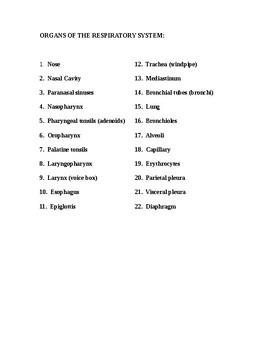Understanding the pathway of air flow in the human body is crucial for maintaining respiratory health. The air flow chart illustrates how air travels through the respiratory system, from the nose and mouth to the lungs. This chart helps in visualizing the process of breathing and can be used as a teaching tool for healthcare professionals and patients alike.
The air flow chart typically includes the following components:
Pathway Of Air Flow Chart
- Nose and mouth: Where air enters the body
- Trachea: The windpipe that carries air to the lungs
- Bronchi: The two main branches of the trachea that lead to the lungs
- Bronchioles: Smaller branches within the lungs that further divide into alveoli
- Alveoli: Tiny air sacs where gas exchange occurs
Each component plays a vital role in the process of respiration, ensuring that oxygen is delivered to the body’s tissues and carbon dioxide is removed.
Importance of Understanding Air Flow
By studying the pathway of air flow through the respiratory system, healthcare professionals can diagnose and treat respiratory conditions more effectively. Patients with breathing difficulties can also benefit from visual aids like air flow charts, which help them understand their condition and treatment options better.
Overall, the pathway of air flow chart serves as a valuable tool for education and communication in the field of respiratory health, highlighting the intricate process of breathing and the importance of maintaining healthy lungs.
